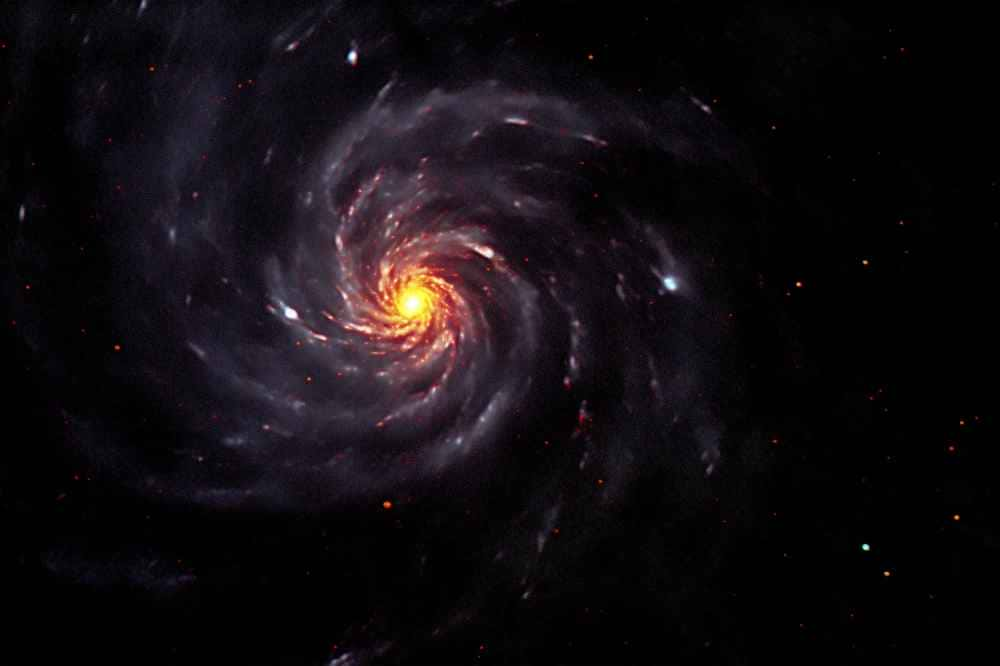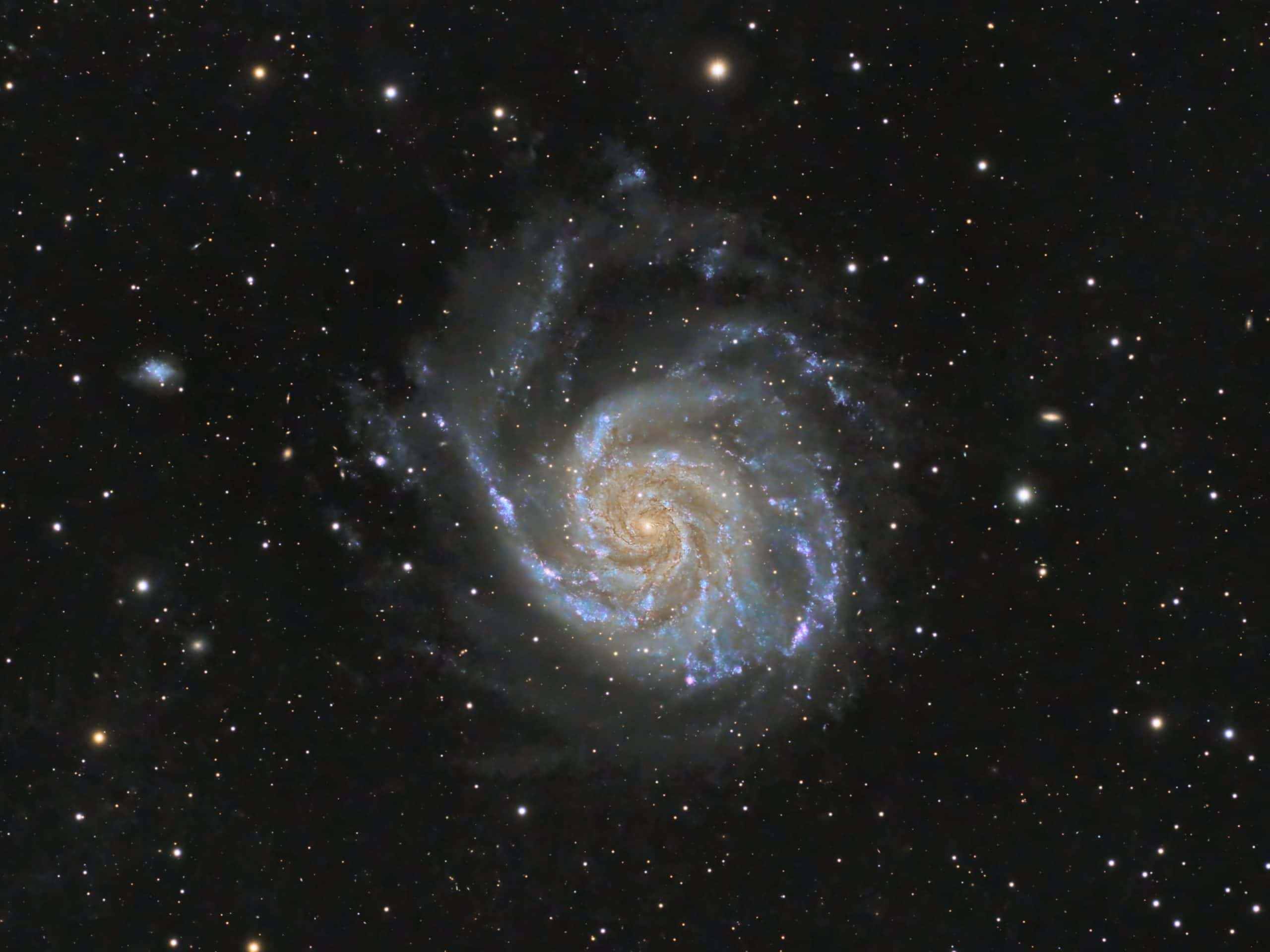Recent observations indicate that a massive star shed nearly the mass of our Sun before its explosive demise, shedding light on the intriguing conclusion of massive stars.

A massive star in the Pinwheel Galaxy, which exploded in May, displayed an unexpected phenomenon during its final years before going supernova
The event unfolded on the night of May 19, when Japanese amateur astronomer Kōichi Itagaki was conducting routine supernova searches using telescopes spread across various remote observatories in Japan, including locations in Yamagata, Okayama, and Shikoku. Itagaki, known for his numerous supernova discoveries, quickly realized the uniqueness of his find, as this particular star, named SN 2023ixf, had erupted in the nearby Pinwheel Galaxy (Messier 101), a mere 20 million light-years away in the Ursa Major constellation.
SN 2023ixf’s proximity and early detection made it an ideal candidate for scrutiny. Scientists, including postgraduate student Daichi Hiramatsu from the Harvard–Smithsonian Center for Astrophysics, promptly commenced in-depth observations using professional telescopes, such as the 6.5-meter Multi-Mirror Telescope (MMT) in Arizona. They monitored the supernova’s light spectrum and its evolution over subsequent weeks, creating a critical “light curve” graph.
Analysis revealed that SN 2023ixf was a type II supernova, originating from a massive star with over eight times the mass of our Sun, likely between 8 and 10 solar masses. While some characteristics were typical, the light curve displayed an extraordinary deviation: the expected “shock breakout” was notably delayed, suggesting the presence of dense material recently ejected from a massive star.
The phenomenon was akin to an unstable star expelling substantial material from its surface, forming a dusty cloud around it
This material impeded the supernova‘s shock wave, causing delayed visibility. Such mass shedding is not uncommon for a massive star, but SN 2023ixf‘s ejected material was unusually close to the star, catching astronomers by surprise. Further observations revealed the collision between the supernova shockwave and the circumstellar cloud. This discovery sheds light on the final years of a massive star’s life before it explodes, providing insights into the stages of nuclear burning within these stars.
Ultimately, the story of SN 2023ixf emphasizes the valuable contributions of amateur astronomers like Itagaki and their potential to significantly impact our understanding of celestial phenomena.
READ ALSO: Artemis 2 Moon Mission Rocket Core Stage Fully Equipped With Engines




